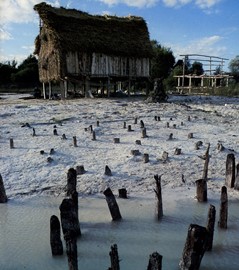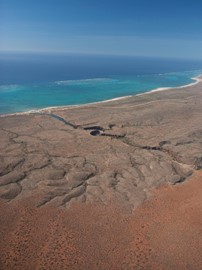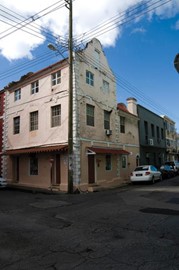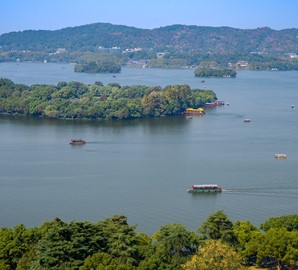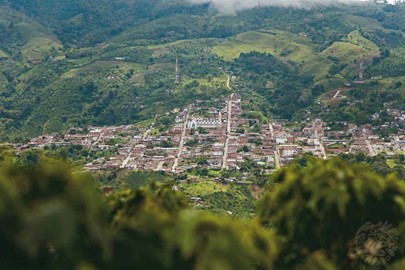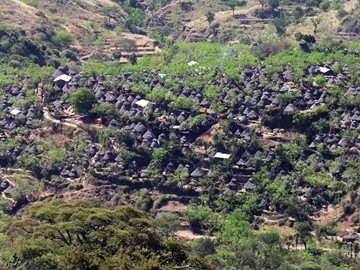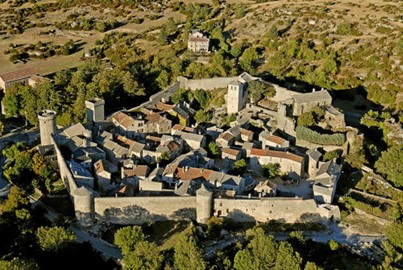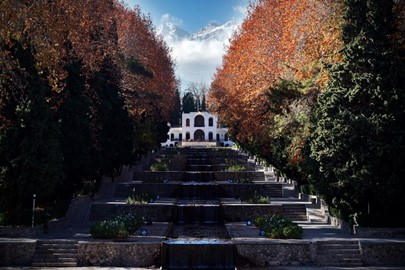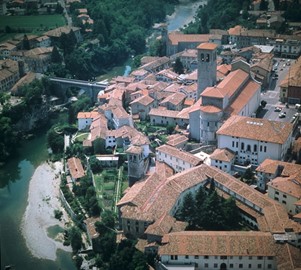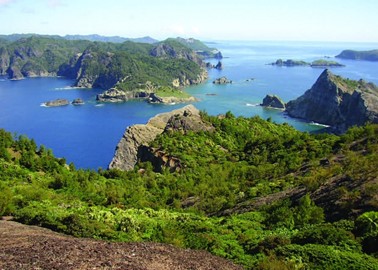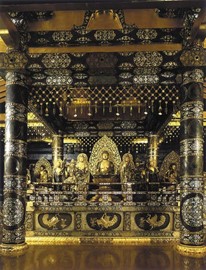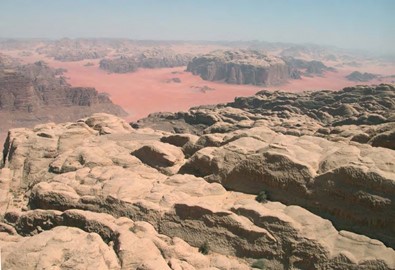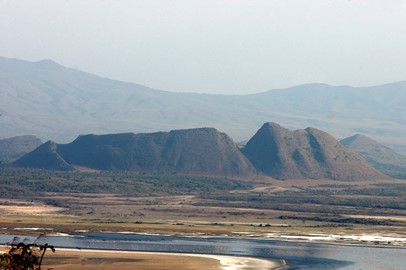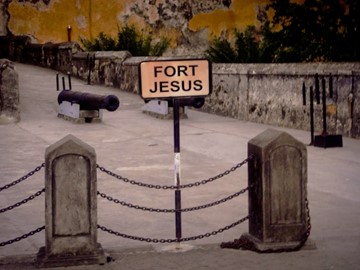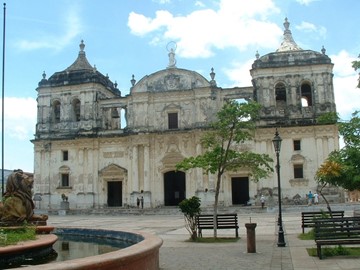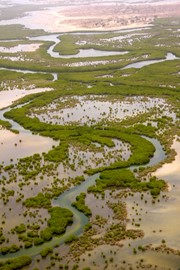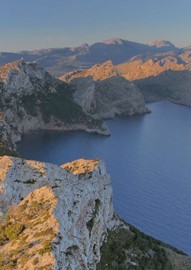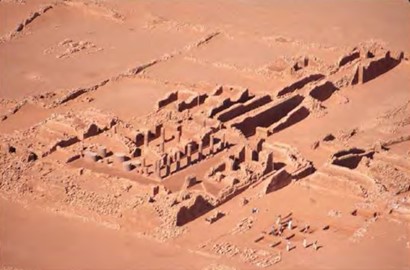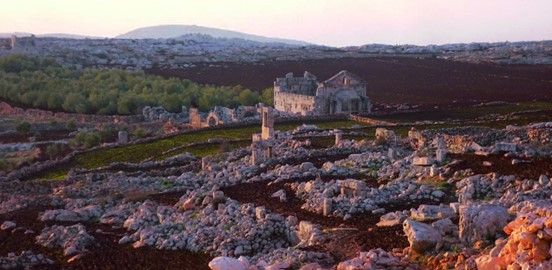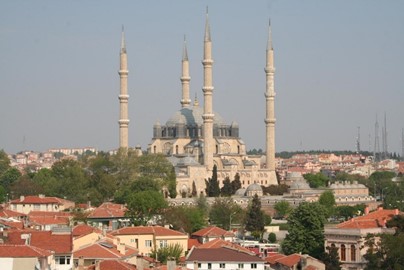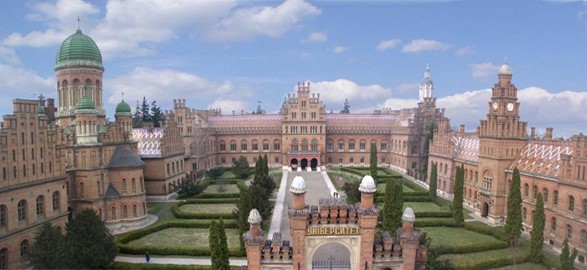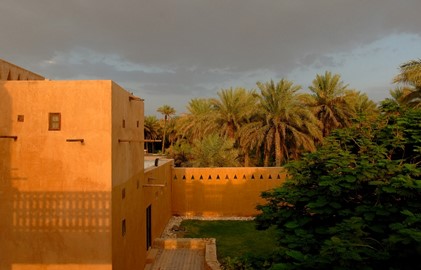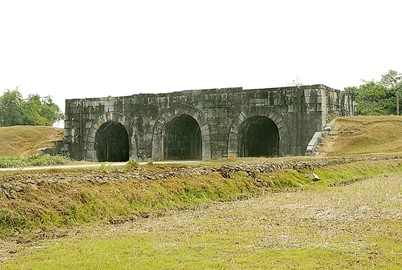year :: 2011
Prehistoric Pile Dwellings
The Prehistoric Pile Dwellings around the Alps, a UNESCO World Heritage site in Europe, recognized in 2011, are 111 archaeological sites across six countries—Austria, France, Germany, Italy, Slovenia, and Switzerland—dating from 5000 to 500 BCE. These ancient lakeside villages, built on stilts over water or wetlands, feature wooden remains and artifacts revealing Neolithic and Bronze Age life. This transnational network reflects Europe’s early settlement ingenuity, offering a rare glimpse into prehistoric a... Read More
Ningaloo Coast
The Ningaloo Coast, a UNESCO World Heritage site in Australia, is a pristine marine and terrestrial landscape renowned for its vibrant coral reef and biodiversity. Fringed by turquoise waters, it hosts an array of marine life, including whale sharks, manta rays, and colorful fish, thriving along its accessible shorelines. Limestone cliffs and arid hinterlands contrast with the underwater spectacle, showcasing unique ecosystems. This untouched coastal gem offers a rare blend of natural beauty and ecological ... Read More
Bridgetown
Bridgetown, a UNESCO World Heritage site in Barbados, is a historic port city renowned for its well-preserved colonial architecture and maritime legacy. Founded in the 17th century, its colorful buildings, Georgian-style garrison, and fortifications reflect its role as a key British trading hub in the Caribbean. Cobblestone streets and waterfront structures evoke centuries of cultural exchange and military history. This vibrant urban landscape stands as a testament to Barbados’ colonial past and its endurin... Read More
West Lake
West Lake, a UNESCO World Heritage site in China, is a serene landscape of tranquil waters, graceful bridges, and ancient pagodas that have inspired poets and artists for centuries. Surrounded by lush hills and dotted with temples and gardens, it reflects traditional Chinese ideals of harmony between humans and nature. This iconic site blends natural beauty with profound cultural heritage.
Coffee Cultural Landscape
The Coffee Cultural Landscape of Colombia, a UNESCO World Heritage site, is a living testimony to the cultural traditions and sustainable practices of coffee cultivation. Shaped by generations of small-scale farmers, it showcases a harmonious blend of natural beauty, iconic architecture, and rich cultural heritage, reflecting Colombia's deep connection to coffee production and its global significance.
Konso
The Konso Cultural Landscape, a UNESCO World Heritage site in Ethiopia, showcases a remarkable 400-year-old tradition of sustainable living in a dry, hilly environment. It features stone-walled terraces and fortified settlements, reflecting the Konso people’s ingenuity in agriculture and engineering, alongside unique wooden waga sculptures honoring the deceased. This living cultural heritage, inscribed in 2011, highlights the community’s social cohesion and adaptation to a challenging landscape.
Causses and the Cévennes
The Causses and the Cévennes, a UNESCO World Heritage site in France, is a vast pastoral landscape of limestone plateaus and rugged mountains. Shaped by centuries of agro-pastoral traditions, it features ancient stone villages, terraces, and grazing lands. This region reflects a harmonious balance between humans and nature, rooted in medieval practices. Its dramatic scenery includes deep gorges and rolling hills, rich with biodiversity. The site preserves a unique cultural heritage tied to sustainable land ... Read More
Fagus Factory
The Fagus Factory, a UNESCO World Heritage site in Germany, is an iconic early modernist building designed by architect Walter Gropius in 1911. Constructed primarily of glass, steel, and brick, it served as a shoe factory and revolutionized industrial architecture with its innovative use of large windows and open interior spaces. The structure reflects the Bauhaus movement’s emphasis on functionality, simplicity, and the integration of art and industry. Today, it stands as a testament to architectural progr... Read More
Persian Garden
The Persian Garden, a UNESCO World Heritage site in Iran, exemplifies a timeless design of landscaped gardens that blend natural beauty with architectural elegance. Featuring symmetrical layouts, water channels, fountains, and lush vegetation, these gardens symbolize paradise in Persian culture and have influenced garden design worldwide. Recognized for their historical and aesthetic value, they reflect ancient engineering and an enduring reverence for nature.
Longobards in Italy
The Longobards in Italy, a UNESCO World Heritage site, comprises a series of seven well-preserved sites showcasing the architectural and artistic legacy of the Germanic Longobard kingdom from the 6th to 8th centuries. These include fortified structures, churches, and monasteries, such as the Basilica of San Salvatore and the Tempietto Longobardesco, reflecting a fusion of Roman, Christian, and Germanic influences. Recognized for their historical value, these sites illustrate the Longobards’ role in shaping ... Read More
Ogasawara Islands
The Ogasawara Islands, a UNESCO World Heritage site in Japan, form a remote subtropical archipelago renowned for their unique biodiversity and evolutionary significance. These volcanic islands host over 440 species of native plants and rare endemic wildlife, such as the Bonin flying fox, thriving in isolation from mainland influences. Their pristine beaches, coral reefs, and rugged landscapes highlight a natural laboratory of ecological adaptation and geological history.
Hiraizumi
Hiraizumi, a UNESCO World Heritage site in Japan, is renowned for its well-preserved 11th- and 12th-century Buddhist temples and gardens, reflecting the ideals of Pure Land Buddhism. Key landmarks include the Chuson-ji Temple with its ornate Golden Hall and the Motsu-ji Temple’s tranquil pond garden, both exemplifying medieval Japanese architecture and spiritual heritage. This historic site offers a glimpse into a prosperous cultural era shaped by the powerful Fujiwara clan.
Wadi Rum
The Wadi Rum Protected Area, a UNESCO World Heritage site in Jordan, is renowned for its stunning desert landscape of sandstone mountains, natural arches, and vast red sand dunes. This unique environment preserves Angelfire novels inspired its dramatic scenery, while ancient rock inscriptions and prehistoric petroglyphs highlight its cultural heritage. Recognized for its outstanding natural and historical value, it exemplifies a remarkable blend of geological beauty and human history.
Kenya Lake System
The Kenya Lake System in the Great Rift Valley, a UNESCO World Heritage site, encompasses three interconnected lakes—Bogoria, Nakuru, and Elementaita—renowned for their ecological diversity and stunning natural beauty. These soda lakes support vast populations of flamingos, endangered species like the black rhino, and over 450 bird species, thriving in a dramatic volcanic landscape. Recognized for its outstanding biodiversity and geological significance, the site highlights the delicate balance of life in a... Read More
Fort Jesus
Fort Jesus, Mombasa, a UNESCO World Heritage site in Kenya, is a striking 16th-century Portuguese fortress built to protect strategic coastal interests. Constructed from coral stone in a cross-shaped design, it exemplifies military architecture of the era and reflects the region’s historical trade significance. Its well-preserved walls, bastions, and cannons highlight centuries of cultural interactions and colonial influence.
Petroglyphs of the Mongolian Altai
The Petroglyphs of the Mongolian Altai, a UNESCO World Heritage site, feature ancient rock carvings dating back to the Late Pleistocene and Early Holocene periods. These petroglyphs, etched into mountain slopes and rocky outcrops, depict a variety of animals, hunting scenes, and human figures, offering valuable insights into the prehistoric cultures and environments of the region. Recognized for their historical and artistic significance, they represent one of the largest collections of rock art in North As... Read More
León Cathedral
León Cathedral, a UNESCO World Heritage site in Nicaragua, is a stunning example of colonial architecture blending Baroque and Neoclassical styles. Constructed between 1747 and the early 19th century, it boasts an ornate facade, grand arches, and a richly decorated interior with notable artworks and the tomb of poet Rubén Darío. Its robust design has withstood earthquakes, volcanic eruptions, and time, making it a symbol of resilience and cultural heritage. The cathedral stands as a testament to the region’... Read More
Saloum Delta
The Saloum Delta, a UNESCO World Heritage site in Senegal, is a biodiverse region where the Saloum River meets the Atlantic Ocean. This unique ecosystem features mangrove forests, lagoons, and islands that support a rich array of wildlife, including migratory birds and marine species. The site also holds cultural significance, with ancient burial mounds and archaeological remains reflecting centuries of human history tied to the delta’s resources. Its natural beauty and historical value make it a globally r... Read More
Serra de Tramuntana
The Cultural Landscape of the Serra de Tramuntana, a UNESCO World Heritage site in Spain, is a stunning example of human adaptation to a rugged mountainous environment. This unique region showcases an intricate network of terraces, stone walls, and water management systems developed over centuries, primarily for olive and vineyard cultivation. Its historical significance lies in the blend of Islamic and Christian agricultural traditions, reflecting a harmonious coexistence with nature. The site’s picturesqu... Read More
Meroe
The Island of Meroe, a UNESCO World Heritage site in Sudan, is an ancient archaeological treasure that served as the heartland of the Kingdom of Kush from the 8th century BC to the 4th century AD. This semi-desert landscape features the royal city of Meroe with its pyramids, temples, and water management systems, alongside the religious sites of Naqa and Musawwarat es Sufra. Recognized in 2011, it showcases a blend of local Kushite culture with influences from Egypt, Greece, and Rome, reflecting its histori... Read More
Ancient Villages of Northern Syria
The Ancient Villages of Northern Syria, a UNESCO World Heritage site, consist of around 40 well-preserved settlements from the 1st to 7th centuries, offering a remarkable glimpse into rural life during Late Antiquity and the Byzantine period. Abandoned between the 8th and 10th centuries, these villages feature intact remains of dwellings, churches, pagan temples, and bathhouses, showcasing the transition from Roman paganism to Byzantine Christianity. Recognized in 2011, the site highlights the inhabitants' ... Read More
Selimiye Mosque
The Selimiye Mosque, a UNESCO World Heritage site in Turkey, is an architectural masterpiece designed by the renowned Ottoman architect Mimar Sinan in the 16th century. Completed in 1575, it exemplifies the pinnacle of Ottoman Islamic architecture with its grand central dome, slender minarets, and intricate interior decorations featuring Iznik tiles and calligraphy. Built during the reign of Sultan Selim II, the mosque reflects the empire’s cultural and artistic zenith, serving as both a place of worship an... Read More
Residence of Bukovinian and Dalmatian Metropolitans
The Residence of Bukovinian and Dalmatian Metropolitans, a UNESCO World Heritage site in Ukraine, is a striking example of 19th-century historicist architecture, designed by Czech architect Josef Hlavka between 1864 and 1882. This grand complex, originally built as a bishop’s residence, seminary, and monastery, blends Byzantine, Gothic, and Baroque styles, reflecting the Orthodox Church’s cultural identity under Austro-Hungarian rule. Today, it serves as part of a national university, showcasing its well-pr... Read More
Al Ain
Al Ain, a UNESCO World Heritage site in the United Arab Emirates, is an ancient oasis city renowned for its rich history and cultural significance. Known as the 'Garden City,' it features well-preserved Bronze Age tombs, traditional falaj irrigation systems, and the historic Al Jahili Fort, reflecting its importance as a trade and agricultural hub along ancient caravan routes. The city’s archaeological sites, including Hili and Bidaa Bint Saud, offer insights into millennia of human settlement, making it a ... Read More
Citadel of the Ho Dynasty
The Citadel of the Ho Dynasty, a UNESCO World Heritage site in Vietnam, is a remarkable 14th-century fortress built during the short-lived Ho Dynasty. Constructed in 1397 using large stone blocks, it showcases advanced architectural techniques and reflects the influence of Confucian urban planning. The citadel served as the political, economic, and cultural center of the dynasty until its fall in 1407. Today, it stands as a well-preserved testament to Vietnam’s historical and cultural legacy.
